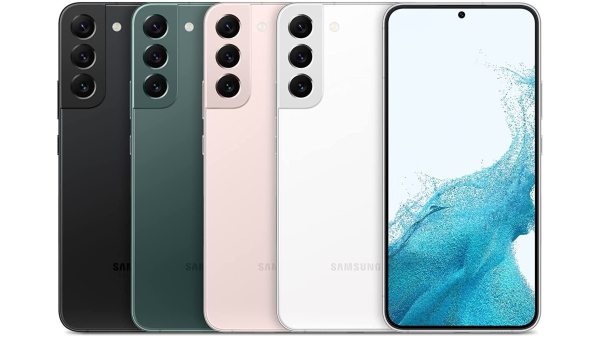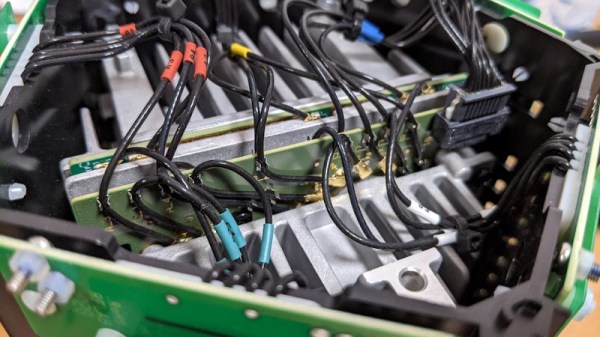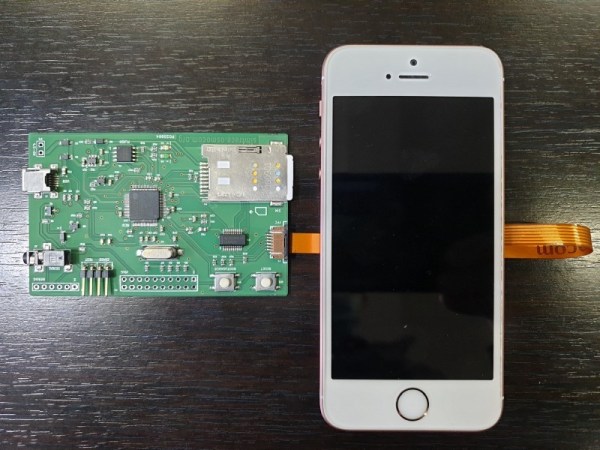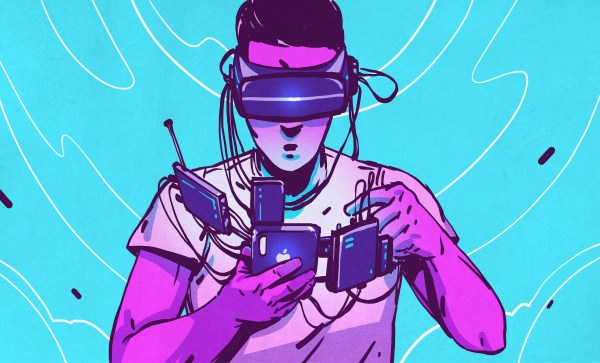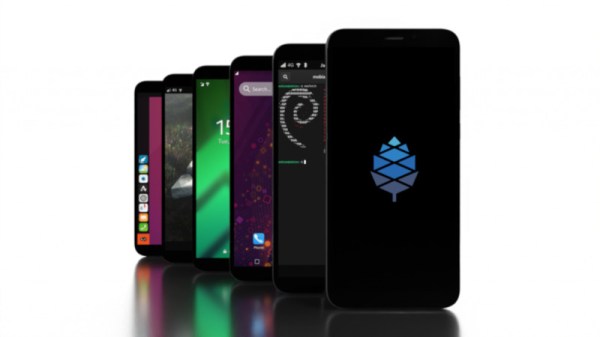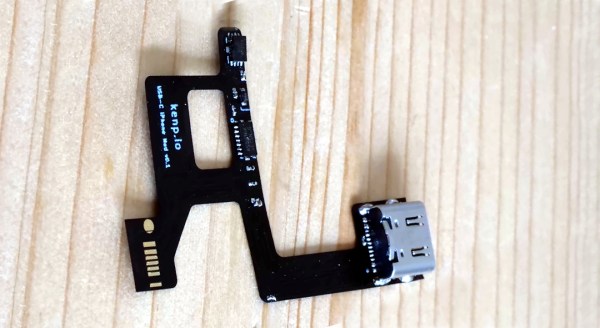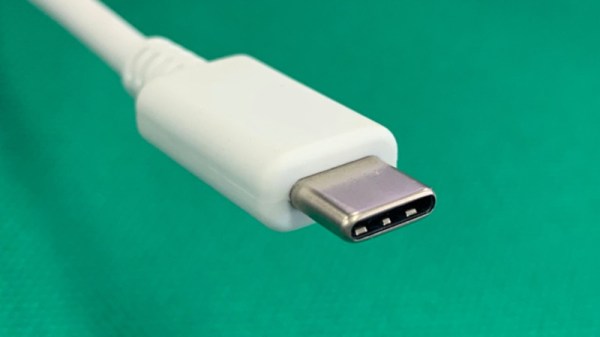A lot of Samsung Galaxy users think that Samsung has been throttling smartphone performance, so much so that they don’t live up to their published specifications. At issue is the game optimizing service (GOS) which is intended to throttle the CPU while playing games to prevent overheating. S22 owners have recently discovered that it’s not only games that are throttled, but there’s a list of over 10,000 apps which are subject to GOS control, and there is no way to disable it.
What they’re really upset over is the fact that popular benchmarking apps are not subject to GOS throttling — something that’s hard to see as anything but a blatant attempt to game the system. In fact, this past weekend the folks at Geekbench banned four generations of Samsung Galaxy phones (S10, S20, S21, S22) for benchmark manipulation.
Admittedly, thermal management is critical on today’s incredibly powerful handheld devices, and the concept of throttling is an accepted solution in the industry. But people are upset at the opaqueness and lack of control of GOS, not to mention cherry picking apps in order to excel at benchmarks. Furthermore Samsung has removed their vapor chamber cooling system from recent models. This makes GOS even more important and looks like a cost-savings measure that may have backfired. Currently there’s a petition with the government claiming false advertising, and users are actively pursuing a lawsuit against Samsung.

